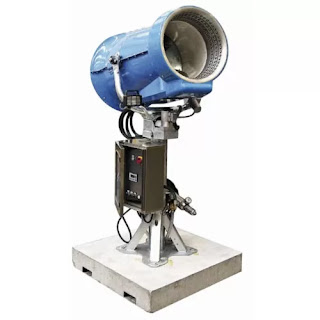Top Hydraulic Bucket Grab Models You Need to Know
Hydraulic bucket grabs are essential attachments for various industries, including construction, agriculture, forestry, and waste management. These grabs are used for material handling, loading, and sorting tasks. Here are some top hydraulic bucket grab models you should know about: Kinshofer Clamshell Bucket Grab: Kinshofer offers a range of clamshell bucket grabs designed for excavators, cranes, and material handlers. These grabs feature hydraulic cylinders for precise control and can be equipped with various shell configurations for different applications, such as digging, dredging, or bulk material handling. Rotobec Power Attachment Clamshell Bucket Grab: Rotobec manufactures high-quality clamshell bucket grabs suitable for excavators, loaders, and material handlers. These grabs feature heavy-duty construction, robust hydraulic systems, and interchangeable shells for versatility in handling different materials, including logs, scrap, and debris. LaBounty Hydraulic Grapple Buc...
